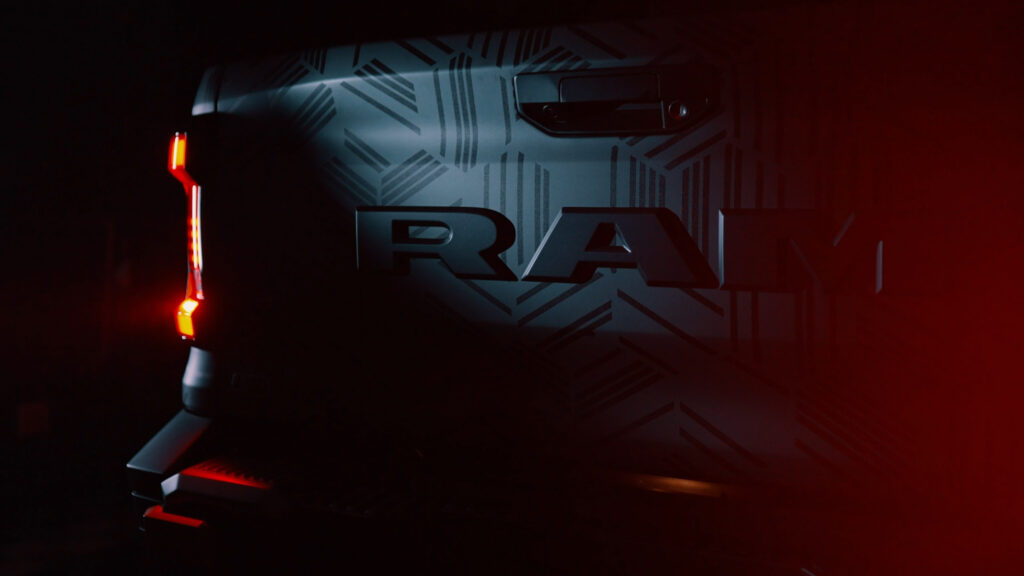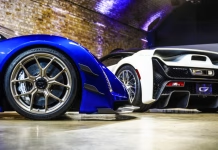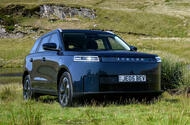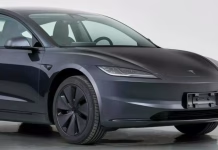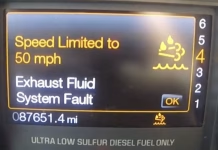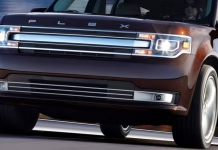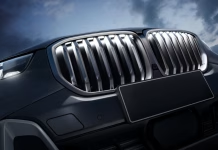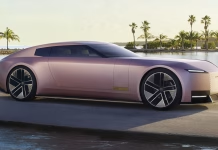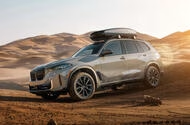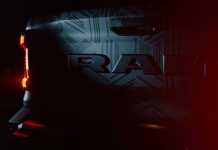Czinger Doubles Down on 21C Hypercar, Shelves SUV and GT Ambitions
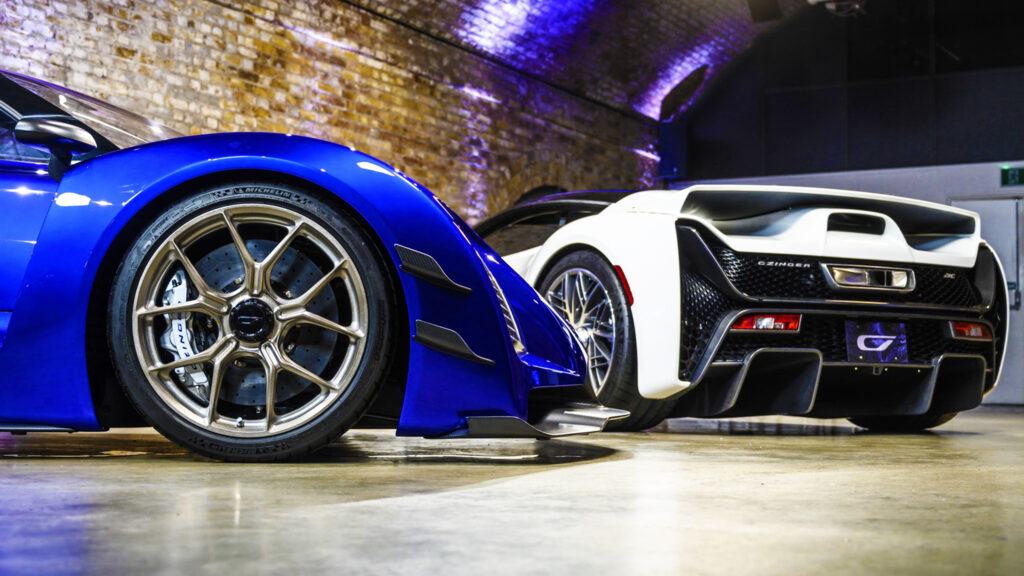
Jaecoo E5 Electric SUV Arrives in UK With 248 Mile Range and Affordable Price
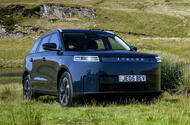 New Peugeot e-2008 rival from China offers 248-mile range, 80kW charging and 204bhp
New Peugeot e-2008 rival from China offers 248-mile range, 80kW charging and 204bhp
Chinese brand Jaecoo has confirmed UK deliveries of its new E5 electric SUV will begin in October, with prices starting from £27,505.
A rival for models such as the Peugeot e-2008, Hyundai Kona Electric and Kia EV3, it packs a range of 248 miles between charges thanks to a 61.1kWh lithium-iron-phosphate battery pack.
This can be recharged at up to 80kW on a DC connection, allowing a 30-80% refill in 27 minutes. It also has vehicle-to-load (V2L) capability, meaning the car's battery can be used to power external devices.
Powering the E5 is a single front-mounted electric motor that puts out 204bhp and 212lb ft of torque, enabling it to complete the 0-62mph sprint in 7.7sec.
Visually, it's distinguished from the petrol Jaecoo 5 by the near complete removal of its front grilles, which are replaced with flat panels that doubtless improve the car's aerodynamic performance.
Inside, it gets a 13.2in portrait-oriented infotainment touchscreen with Apple CarPlay and Android Auto smartphone mirroring, plus seating for five people.
Boot space is said to measure 480 litres, rising to 1180 with the rear seats folded down.
Two trim levels will be available, named Pure and Luxury. The former is priced at £3000 more than the equivalent petrol-powered 5. It gets a six-speaker Sony sound system and manually adjustable front seats.
Luxury, priced from £30,505, brings an upgrade to an eight-speaker Sony system, a panoramic sunroof and heated and ventilated front seats with electric adjustment.
The E5 is covered by a seven-year/100,000 mile warranty.
Tesla Unveils Model 3 Long Range in China With Record-Breaking 516-Mile Range
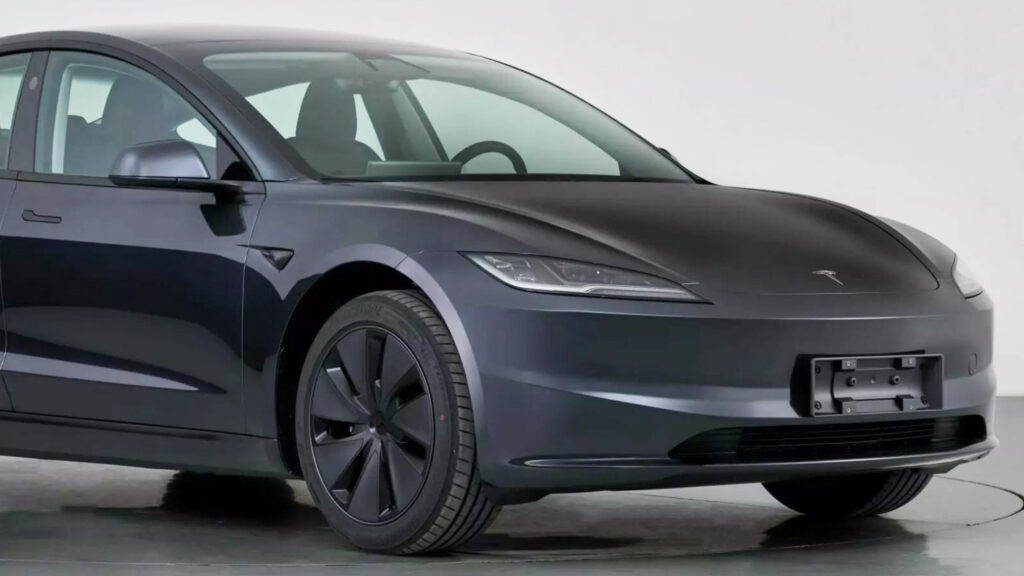
EPA Calls for Truck Manufacturers to Remove Annoying Low-DEF Warnings
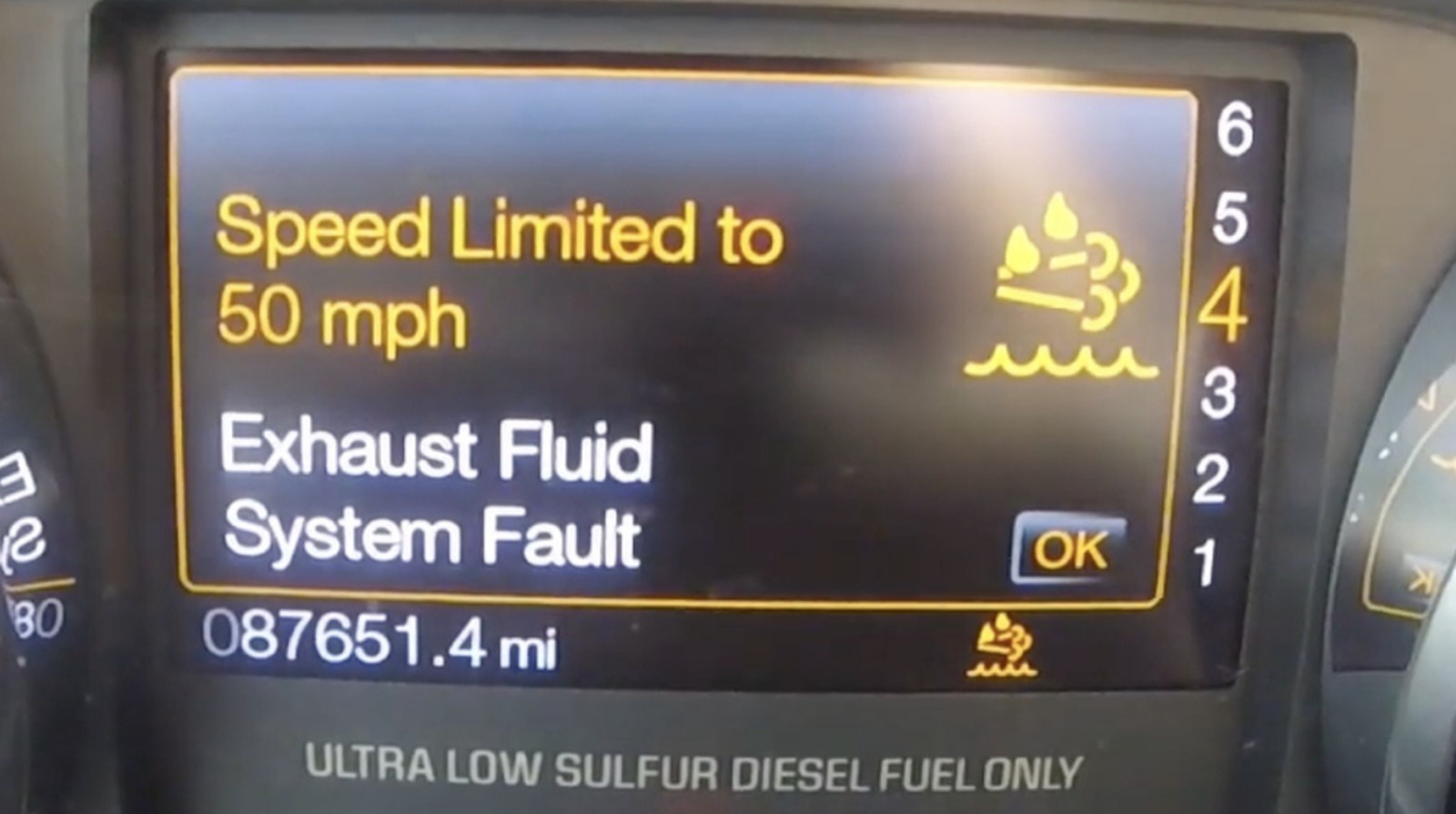
Top 10 Best Used Cars for Value Fun and Smart Buying in 2025
 We bring you 10 of the most sensible, well-priced and genuinely fun used cars on the market today
We bring you 10 of the most sensible, well-priced and genuinely fun used cars on the market today
British car buyers love used cars. Case in point: more than 7.6 million were sold last year, outperforming new models four to one.
The top 10 best-selling used cars form a failsafe selection, many of which ticking the most important boxes for most buyers. Key to their appeal is their genuine value for money and reasonable ownership costs. Indeed, this criteria will be high on the agenda for many prospective buyers, especially when new cars continue to rise in price.
Adding further complexity into the used car buying experience is the sheer amount of choice that is now available. Do you buy a BIK-busting plug-in hybrid or a long-range EV? Is it more sensible to buy a practical and versatile estate over an SUV? Will the keen drivers among us be satisfied with the performance of a hot hatch or is there a sports car offering better value for money?
We think the Volkswagen Golf Mk7 is the best used car available today. Its practical and spacious interior is formed of high-quality materials; its broad engine line-up means it can play the role of frugal high-miler or dynamic hot hatchback; and its ease of use and simplicity only makes it easier to recommend.
But which other used cars are worthy of investment? We’ve put together a list of the best, from 4x4s to convertible sports cars.
Ford Flex SUVs Under Federal Investigation After Reports of Flying Trim at Highway Speeds
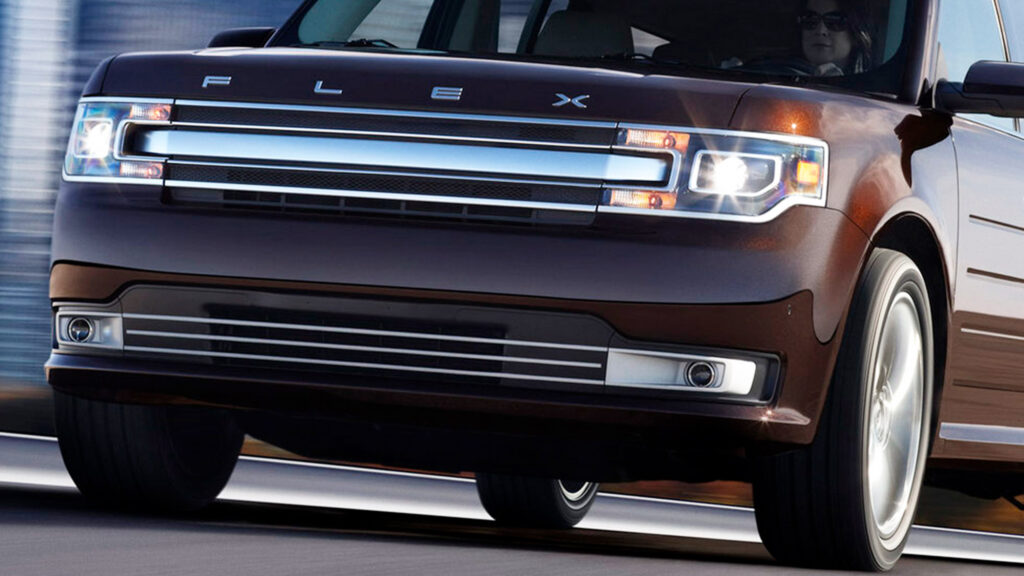
BMW Plots Bold Off-Road Flagship to Take on G-Class and Redefine Luxury SUVs
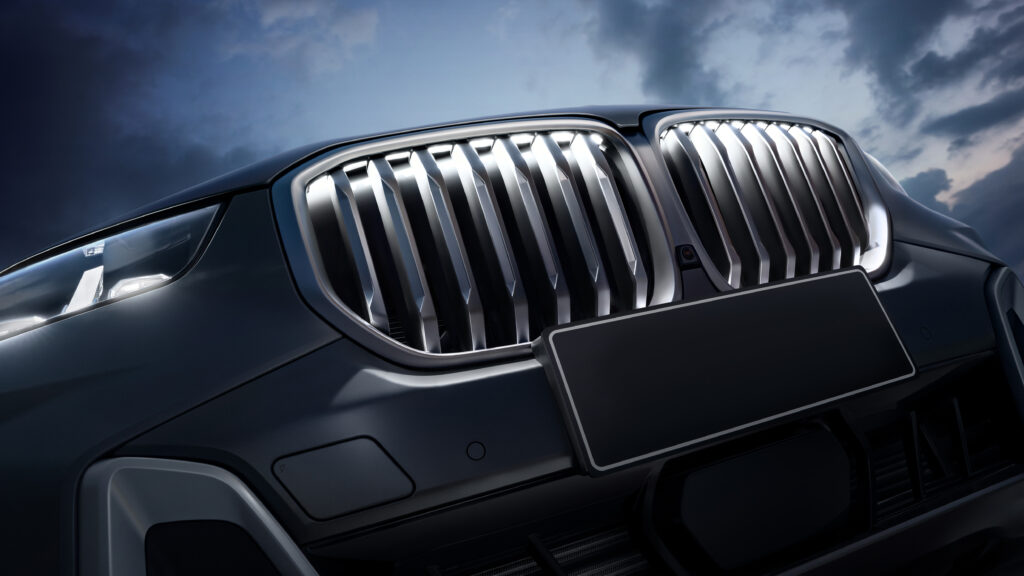
Jaguar Land Rover’s New CEO Unfazed by Political Backlash Over Bold Rebrand
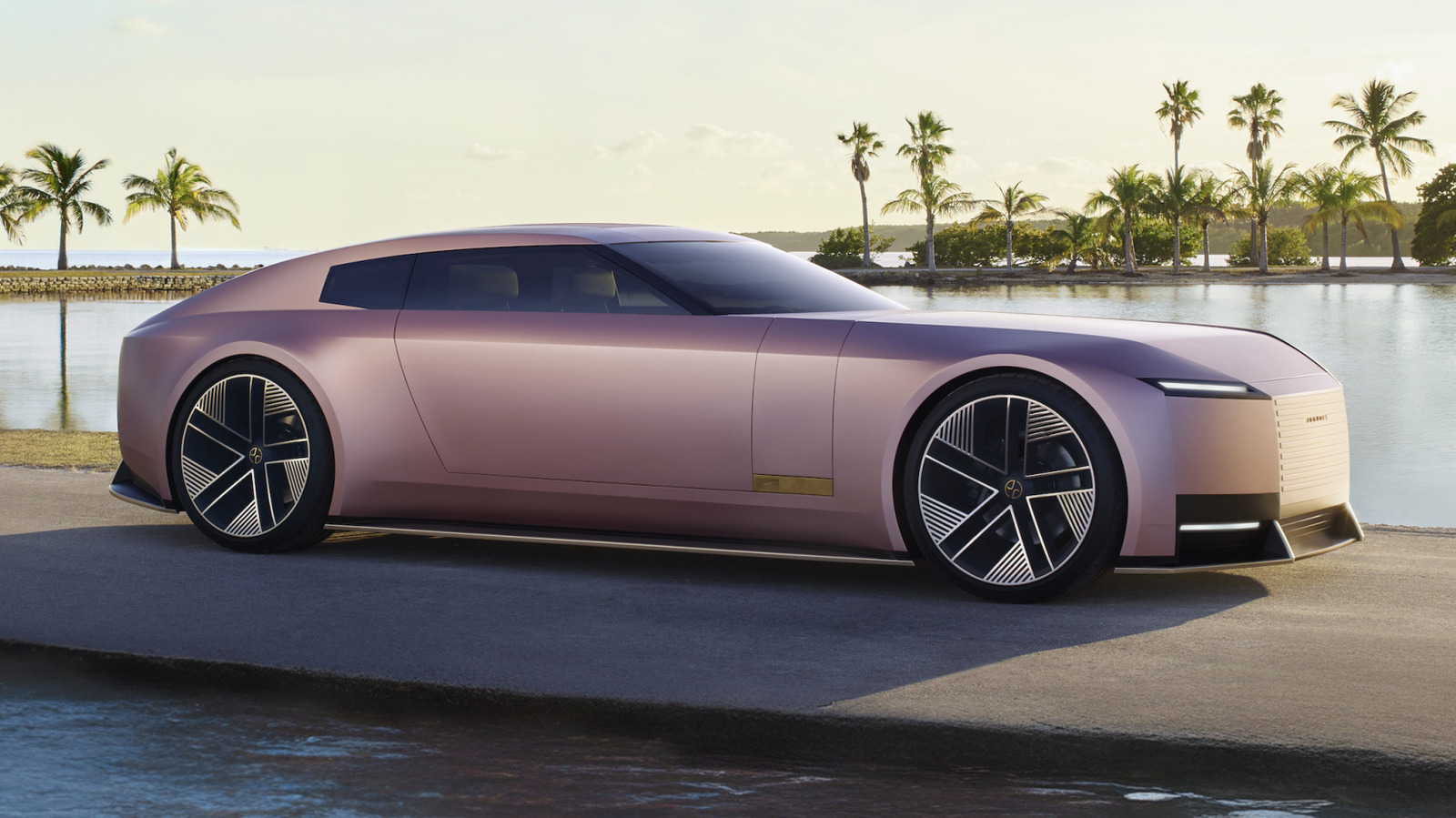
BMW Unveils Ambitious Seven Seat Luxury Off Roader to Challenge Defender and G Class

BMW launched an off-road-focused special X5 to celebrate the model's 25th anniversaryNew flagship will be built in the US from 2029 as BMW looks to expand into new segments
BMW is readying a new flagship hardcore off-roader to rival the Mercedes-Benz G-Class and Land Rover Defender.
Set to be produced alongside the X5, X6 and X7 at BMW’s Spartanburg plant in the US from 2029, the new seven-seater will be the company's first model conceived for serious off-roading since 1937.
Unlike the off-road-package X5 currently on sale in the UK, the new model – codenamed G74 – has been conceived as part of a push to tap into the luxury off-road market that is dominated by the Defender and G-Class.
A senior BMW manager told Autocar that development work for the upcoming G-Class rival was well under way: “We’re aware of the market potential [of such a vehicle]. It’s more than just discussions. We have been planning this for a while. It will definitely need an internal combustion engine.”
While hints at the design of the new model are yet to emerge, the G74 is expected to combine elements of the company's new Neue Klasse lineage with traditionally rugged design cues.
Expect greater ground clearance, longer-travel suspension and approach, departure and breakover angles that better any current BMW model.
It has been conceived to offer seating for up to seven in three rows, within a luxurious cabin featuring a higher level of material quality and equipment than today’s range-topping SUVs, Autocar has been told.
It will be sold in all of BMW’s existing global markets and could wear the X8 moniker that was previously mooted for a coupé-style variant of the X7.
Details of the mechanical package remain under wraps, although it's expected to sit on a heavily modified version of BMW’s CLAR platform. This would provide economies of scale with other large SUV models while allowing the extensive chassis changes required for serious off-road work.
The chassis is expected to borrow elements from the X5 and X7, with long-travel air suspension, up to three locking differentials, advanced four-wheel drive and four-wheel steering for agility in confined terrain and stability at higher speeds.
While BMW has planned from the outset to power its new off-roader with an internal combustion engine, officials aren't ruling out an electric version.
This would pitch the G74 against a new wave of electrified off-roaders from China, such as BYD's Yangwang U8 and GWM's Tank 700, as well as the Rivian R1S and upcoming Scout Traveler from the US.
The same senior source also revealed BMW is “closely looking at the introduction of a range-extender drivetrain”, linking back to similar developments in the pipeline for the X5, X6 and X7.
That opens the door for the G74 to adopt an advanced hybrid configuration, using an internal combustion engine purely as a generator to feed power to individual electric motors.
BMW has also been working with German automotive engineering giant ZF on the development of range-extender drivetrains.
BMW’s focus on the range-extender drivetrain for the G74 comes after disappointing early sales of the electric G-Class and amid surging demand for range-extender models in China – the world’s largest EV market.
Another option under study is the use of compact electric hub motors developed with Munich-based DeepDrive. The in-wheel packaging, low weight and compact size could allow extreme off-road manoeuvrability.
BMW’s last truly dedicated off-roader was the 325, built in Germany between 1937 and 1940 for the German army. Based on a ladder-frame chassis with four-wheel drive, it used a 2.0-litre straight-six petrol engine with dry-sump lubrication to produce 50bhp, paired with a five-speed gearbox, three locking differentials and, in early versions, four-wheel steering to cut the turning circle to just 6.5m.
Only 3225 examples were produced, but it remains a technical landmark for BMW.
Ram Unveils Rugged New Midsize Pickup for South America with Turbo Power and Bold...
